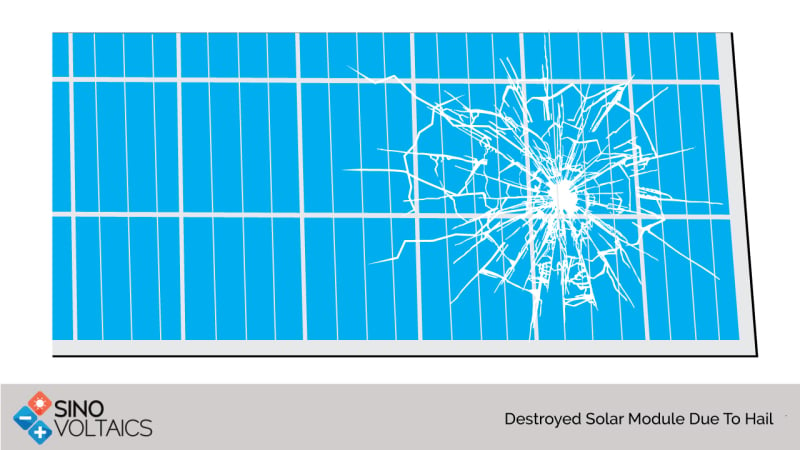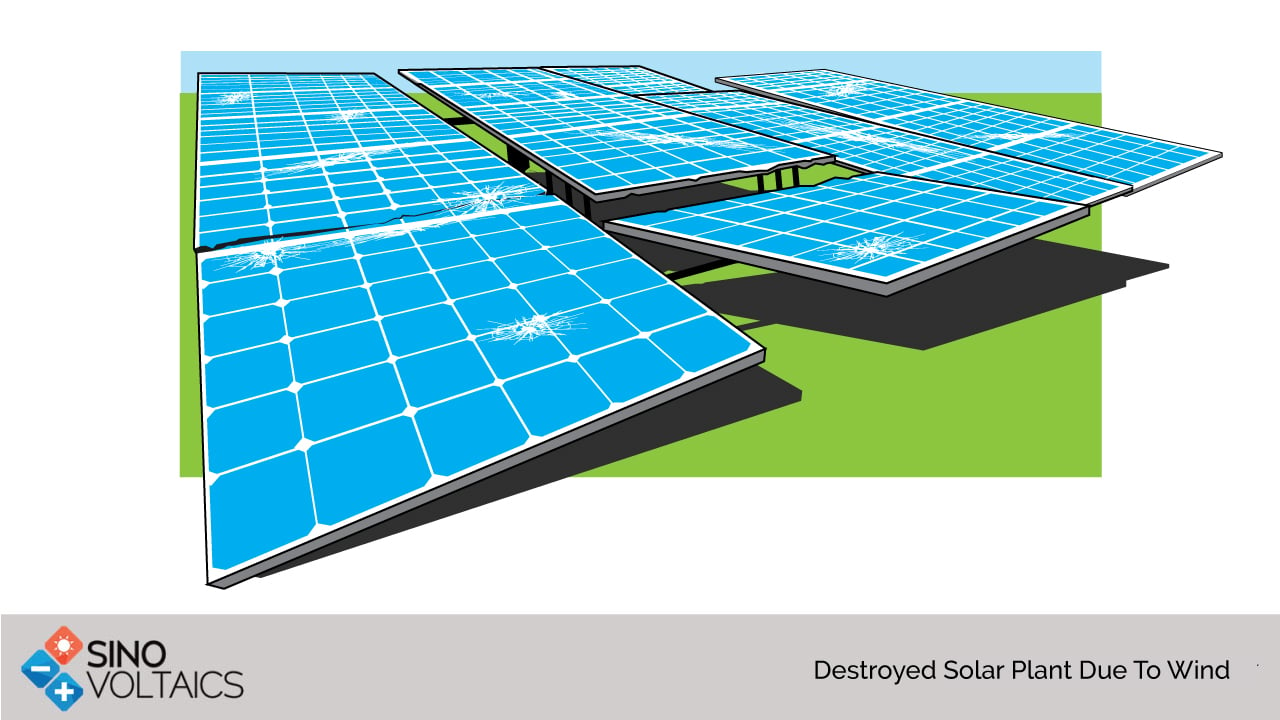Reliability of Solar Panels
Factors affecting the reliability of solar Panels
Introduction
There are different factors affecting the reliability of solar panels. For solar panels there is both a product warranty and a performance warranty given by a solar manufacturer for 10 and 25 years respectively. Performance warranty means the warranted time period in which the module would perform at or above the said power. This helps the buyer be assured that the module is reliable and would not fail in its lifetime. The product warranty on the other hand ensures that the module (and hence the power plant) would generate the expected amount of power. While the warranties are always accompanied in the contract, it helps to understand the factors that cause the modules to degrade over time and hence impact its reliability. These factors are discussed below.
1) Degradation caused by light
When solar module is exposed to light ,it faces something called Light Induced Degradation or more commonly known as LID. Mostly we see this effect in crystalline module during the manufacturing of silicon ingots due to the presence of oxygen. This oxygen can lead to a reduced movement of electrons during doping of solar cell with boron. This leads to a loss in power production up to 3% in initial days.
2) Cyclic Thermal stress
Solar modules exposure to repeated and reversed temperatures ranging from 10 °C to a 50 °C leads the module to operate beyond the standard operating conditions. A repeated thermal cycle generates high reversed stress in the solar cells that can fracture them leading to a reduced power output.
3) Climatic stress
Both static and dynamic loads if outside its permissible stress limit can cause heavy and irreversible damage to the solar cells. Snow and wind create different mechanical loads on PV modules. With a density from 30-50 kg/m3 (fresh snow) to 800-900 kg/m3 (frozen snow), snow classifies as an example of a heavy static load on the module depending on the height. Wind force on other hand classifies as a dynamic load on PV modules. Next comes hail that causes an impact stress . When they hit a PV module, they can damage the active parts causing a very high local impact on the performance of the PV module depending on their size and velocity.


4) Other Climatic conditions like humidity, solar irradiance, sand and dust
The solar module is exposed to fluctuating levels of solar intensity and humidity. The ultra-violet irradiation part of irradiance can cause chemical reactions and degradation processes inside the polymers and on the outside of the PV modules. Humidity can negatively impact the functioning of polymers that can induce delamination of the whole PV module. Additionally, moisture can cause corrosion of the solar cell, which would further lead to reduced power output. Though primarily dependent on the location of the PV system, it has been observed that a maximum of 40% reduction in power output can occur. Also, sand storms, can act like an abrasion mechanism damaging the AR coating and also lead to the formation of an extra thin layer of concrete layer on the module.
